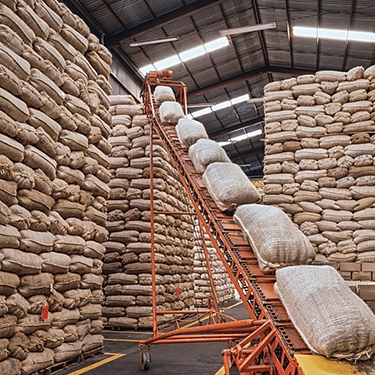Infrastructure investment due diligence

On behalf of a Canadian oilseed processer WPI's team provided market analysis, econometric modeling and financial due diligence in support of a $24 million-dollar investment in a Ukrainian crush plant. Consistent with WPI's findings, local production to supply the plant and the facility's output have expanded exponentially since the investment. WPI has conducted parallel work on behalf of U.S., South American and European clients, both private and public, in the agri-food space.

 Each year, the Chinese zodiac calendar features one animal to mark and typify the coming 365 days. If that process were applied to CBOT trade, Tuesday would have been the “day of the bear”, with all major grain markets ending in the red. The only specific trigger was the bearish NOP...
Each year, the Chinese zodiac calendar features one animal to mark and typify the coming 365 days. If that process were applied to CBOT trade, Tuesday would have been the “day of the bear”, with all major grain markets ending in the red. The only specific trigger was the bearish NOP...
 Beans to Storage China is carrying out its annual purge of stored soybeans, selling them at around a half million tons per week over two months at auction. The amount of market discount depends more on quality, which is better than a few years ago when the need for stock rotation was newly appr...
Beans to Storage China is carrying out its annual purge of stored soybeans, selling them at around a half million tons per week over two months at auction. The amount of market discount depends more on quality, which is better than a few years ago when the need for stock rotation was newly appr...
 Regional News Farmer selling stayed limited across much of Europe last week as low flat prices, year-end cash-flow planning, and holiday-period logistics reduced the appetite to move tonnage. The practical impact was a thinner spot market: bids softened on paper, but physical values in se...
Regional News Farmer selling stayed limited across much of Europe last week as low flat prices, year-end cash-flow planning, and holiday-period logistics reduced the appetite to move tonnage. The practical impact was a thinner spot market: bids softened on paper, but physical values in se...